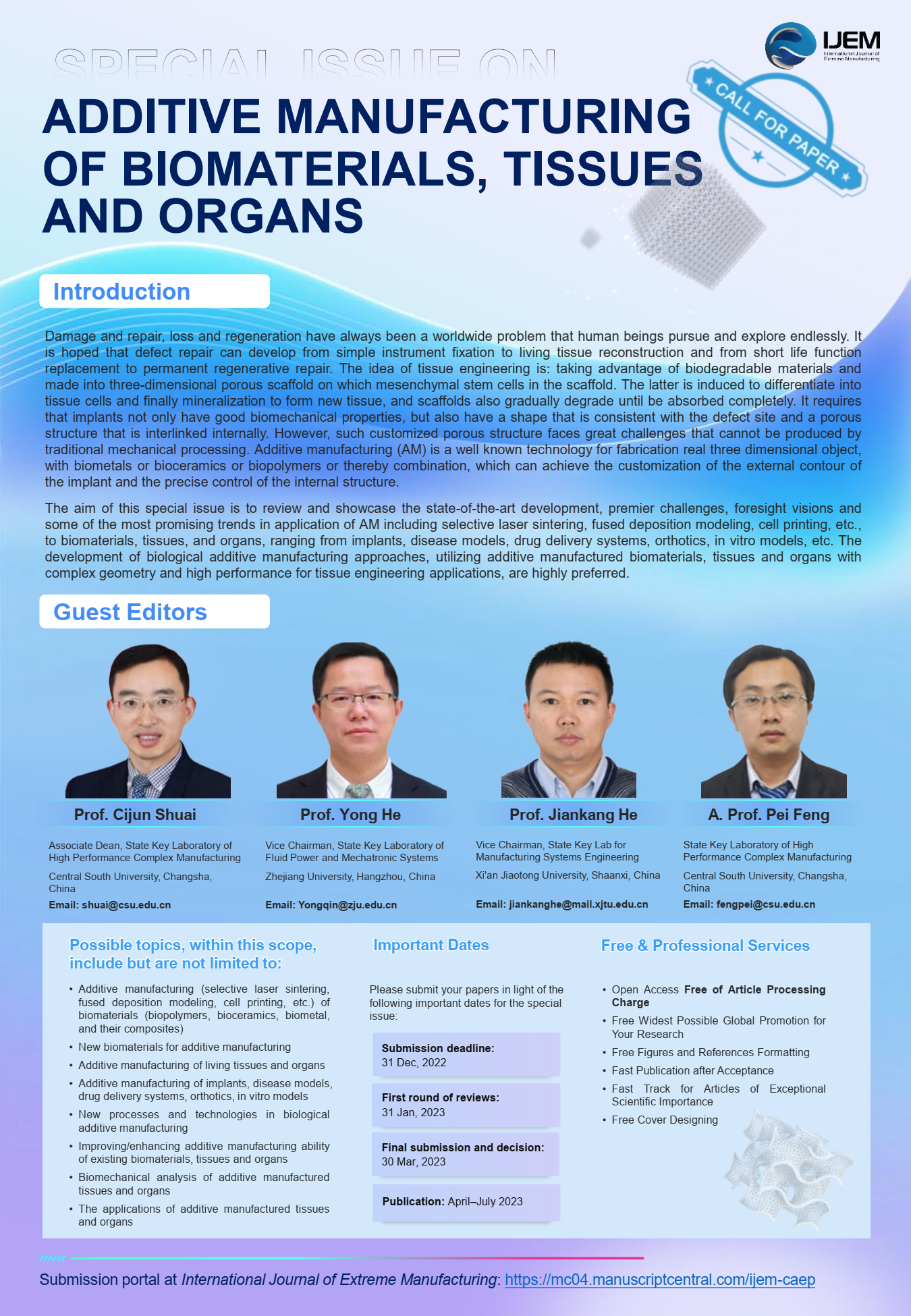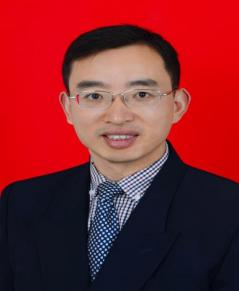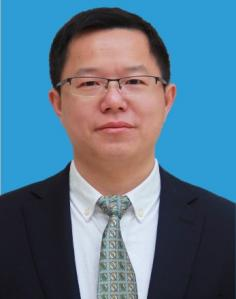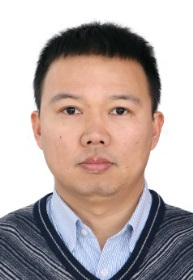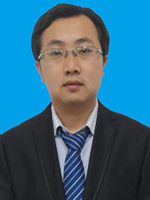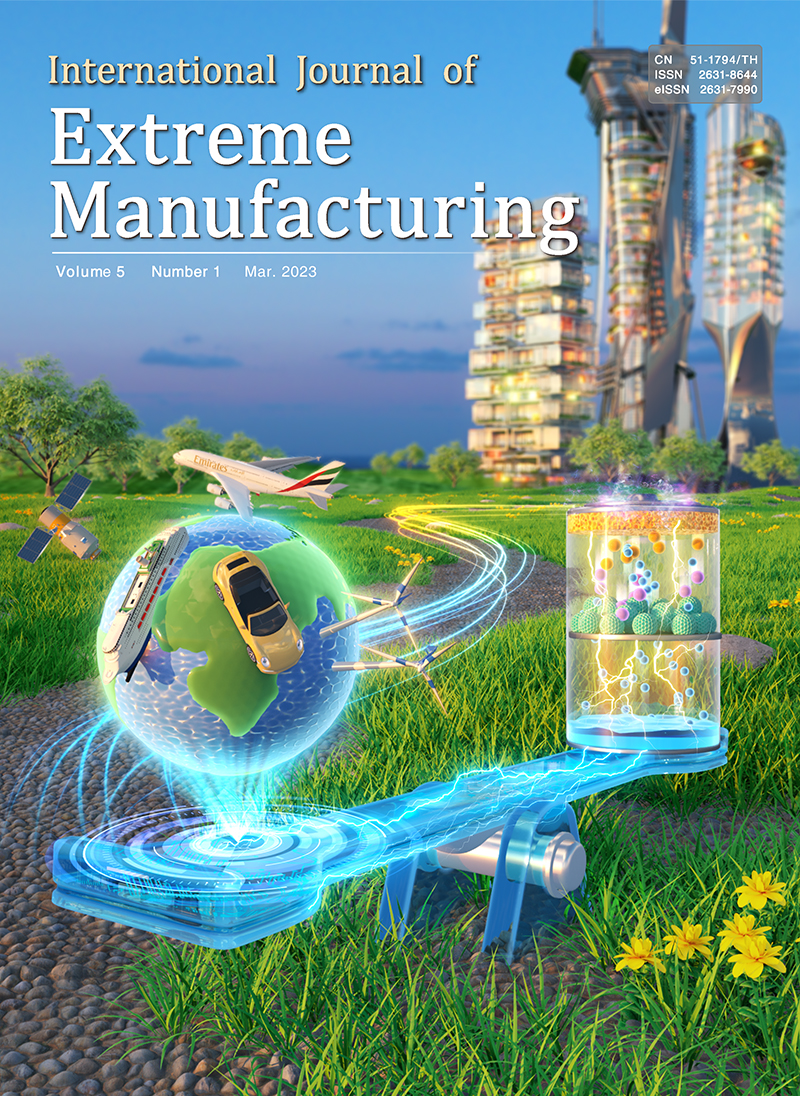Special Issue on ‘Additive manufacturing of biomaterials, tissues and organs’
| Guest Editor: Prof. Cijun Shuai Associate Dean, State Key Laboratory of High Performance Complex Manufacturing Central South University, Changsha, China Email: shuai@csu.edu.cn |
| Guest Editor: Prof. Yong He Vice Chairman, State Key Laboratory of Fluid Power and Mechatronic Systems Zhejiang University, Hangzhou, China Email: Yongqin@zju.edu.cn https://person.zju.edu.cn/heyongzju?fulltext=%E8%B4%BA%E6%B0%B8#940804 |
| Guest Editor: Prof. Jiankang He Vice Chairman, State Key Lab for Manufacturing Systems Engineering Xi'an Jiaotong University, Shaanxi, China Email: jiankanghe@mail.xjtu.edu.cn |
| Guest Editor: A. Prof. Pei Feng State Key Laboratory of High Performance Complex Manufacturing Central South University, Changsha, China Email: fengpei@csu.edu.cn |
Introduction
Damage and repair, loss and regeneration have always been a worldwide problem that human beings pursue and explore endlessly. It is hoped that defect repair can develop from simple instrument fixation to living tissue reconstruction and from short life function replacement to permanent regenerative repair. The idea of tissue engineering is: taking advantage of biodegradable materials and made into three-dimensional porous scaffold on which mesenchymal stem cells in the scaffold. The latter is induced to differentiate into tissue cells and finally mineralization to form new tissue, and scaffolds also gradually degrade until be absorbed completely. It requires that implants not only have good biomechanical properties, but also have a shape that is consistent with the defect site and a porous structure that is interlinked internally. However, such customized porous structure faces great challenges that cannot be produced by traditional mechanical processing. Additive manufacturing (AM) is a well known technology for fabrication real three dimensional object, with biometals or bioceramics or biopolymers or thereby combination, which can achieve the customization of the external contour of the implant and the precise control of the internal structure.
The aim of this special issue is to review and showcase the state-of-the-art development, premier challenges, foresight visions and some of the most promising trends in application of AM including selective laser sintering, fused deposition modeling, cell printing, etc., to biomaterials, tissues, and organs, ranging from implants, disease models, drug delivery systems, orthotics, in vitro models, etc. The development of biological additive manufacturing approaches, utilizing additive manufactured biomaterials, tissues and organs with complex geometry and high performance for tissue engineering applications, are highly preferred.
Possible topics, within this scope, include but are not limited to:
 Additive manufacturing (selective laser sintering, fused deposition modeling, cell printing, etc.) of biomaterials
Additive manufacturing (selective laser sintering, fused deposition modeling, cell printing, etc.) of biomaterials
(biopolymers, bioceramics, biometal, and their composites) New biomaterials for additive manufacturing
New biomaterials for additive manufacturing Additive manufacturing of living tissues and organs
Additive manufacturing of living tissues and organs Additive manufacturing of implants, disease models, drug delivery systems, orthotics, in vitro models
Additive manufacturing of implants, disease models, drug delivery systems, orthotics, in vitro models New processes and technologies in biological additive manufacturing
New processes and technologies in biological additive manufacturing Improving/enhancing additive manufacturing ability of existing biomaterials, tissues and organs
Improving/enhancing additive manufacturing ability of existing biomaterials, tissues and organs Processing of super-stretchable functional materials
Processing of super-stretchable functional materials Biomechanical analysis of additive manufactured tissues and organs
Biomechanical analysis of additive manufactured tissues and organs The applications of additive manufactured tissues and organs
The applications of additive manufactured tissues and organs
Important dates
Please submit your papers in light of the following important dates for the special issue:
 Submission deadline: 31 Dec, 2022
Submission deadline: 31 Dec, 2022
 First round of reviews: 31 Jan 2023
First round of reviews: 31 Jan 2023
 Final submission and decision: 30 Mar, 2023
Final submission and decision: 30 Mar, 2023
 Publication: April - July 2023
Publication: April - July 2023
Free & Professional Services
 Open Access Free of Article Processing Charge
Open Access Free of Article Processing Charge
 Free Widest Possible Global Promotion for Your Research
Free Widest Possible Global Promotion for Your Research
 Free Figures and References Formatting
Free Figures and References Formatting
 Fast Publication after Acceptance
Fast Publication after Acceptance
 Fast Track for Articles of Exceptional Scientific Importance
Fast Track for Articles of Exceptional Scientific Importance
 Free Cover Designing
Free Cover Designing
Submission portal at International Journal of Extreme Manufacturing:
https://mc04.manuscriptcentral.com/ijem-caep
